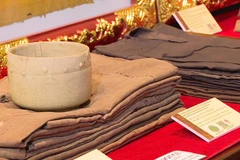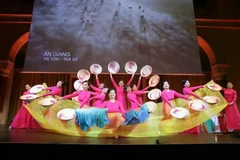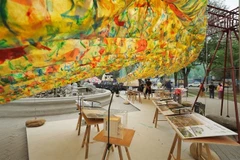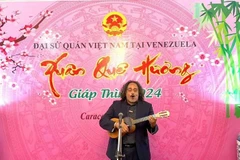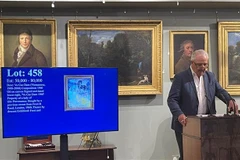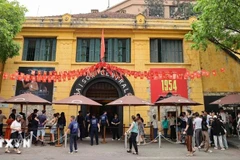Director of Da Nang city’s museum Huynh Dinh Quoc Thien confirmed therecognition, saying the certificates will be presented to the city later thisyear.
Thien said the nomination would help preserve the trade of Nam O in thesuburban area of Da Nang, which has existed for more than four centuries.
Situated at the foot of the Hai Van Pass, 17km northwest of downtown Da Nangcity, Nam O village has produced fish sauce since the 19th century, and thetrade still earns villagers their livelihoods.
Tran Ngoc Vinh, 71, chairman of the Nam O Fish Sauce Trade Association, saidmore than 110 households in the village produce fish sauce using traditionaltechniques and materials – anchovies and salt – with harvest season betweenMarch and July.
He said anchovies are fermented with salt in terracotta or jackfruit-wood jarsfor 12 months.
The village used 200 tonnes of anchovies to produce 125,000 litres of fishsauce last year.
The 500-year-old pottery trade in Thanh Ha Village, on the outskirts of Hoi An,was also named as a national intangible heritage.
The trade emerged in the ancient town in the late 15th century, and somevillagers still make items using brick kilns.
The pottery craft was one of the oldest trades that still remains in theUNESCO-recognised world heritage site Hoi An.
The trade is introduced as a craft experience for tourists rather than for massproduction as in previous decades.
Pottery products from Thanh Ha were major commodities exchanged withbusinessmen from Japan, China and Europe in the 17th century.
The village – a popular destination on Hoi An’s tourism map – hosts around 100tourists each day.
An exhibition centre – the Thanh Hà Terracotta Park – was built to introducethe old trade and pottery experience to tourists./.





